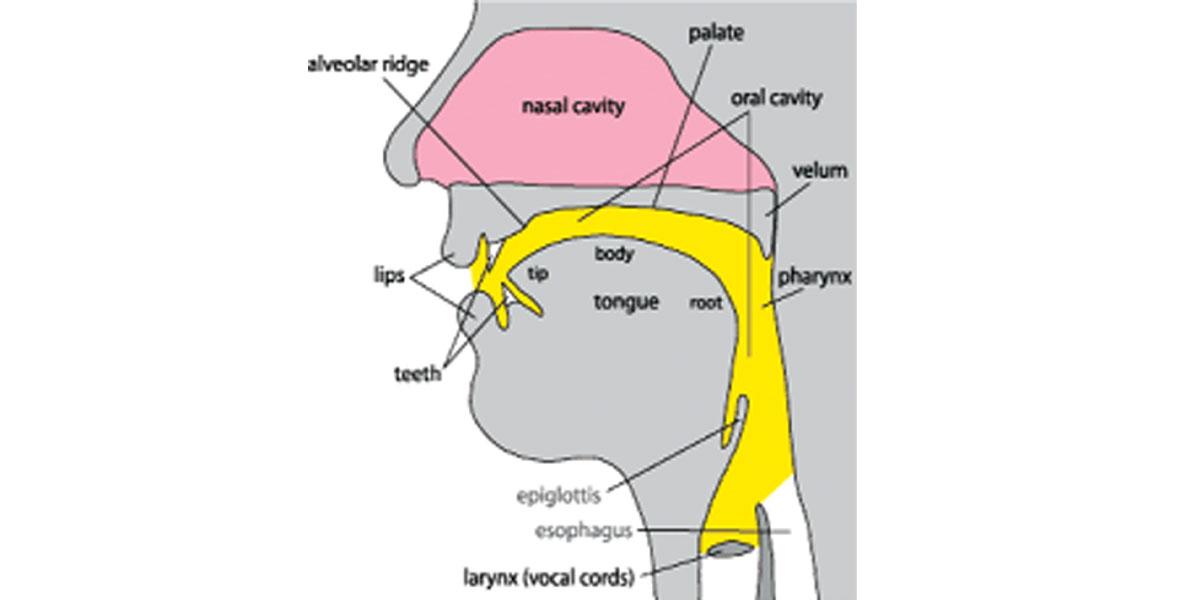Live
- Bengal school job case: CBI seeks Calcutta HC's permission to replace head of probe team
- Ukraine plans to create joint gas hub with Poland
- Kumbh Mela 2025: Essential Travel and Safety Tips for a Spiritual Journey
- Legal Support for Women Addressed in Wanaparthy
- Dr. Narendranadh Meda Introduces Esaote’s Cutting-Edge O-Scan MRI Machine to Enhance Podiatric (Foot & Ankle) care in Hyderabad
- Herbalife India Won Prestigious IIT Madras CSR Award 2024
- Solidifying partnership with Gulf countries, PM Modi set to embark on historic Kuwait visit
- ‘aha Find’ Debuts with ‘Bioscope’: A New Era for Tamil Storytelling on aha Tamil
- Chautala was seasoned politician and visionary leader: Haryana Governor
- Message of Harmony Marks 'Alva’s Christmas' Celebrations in Moodbidri









